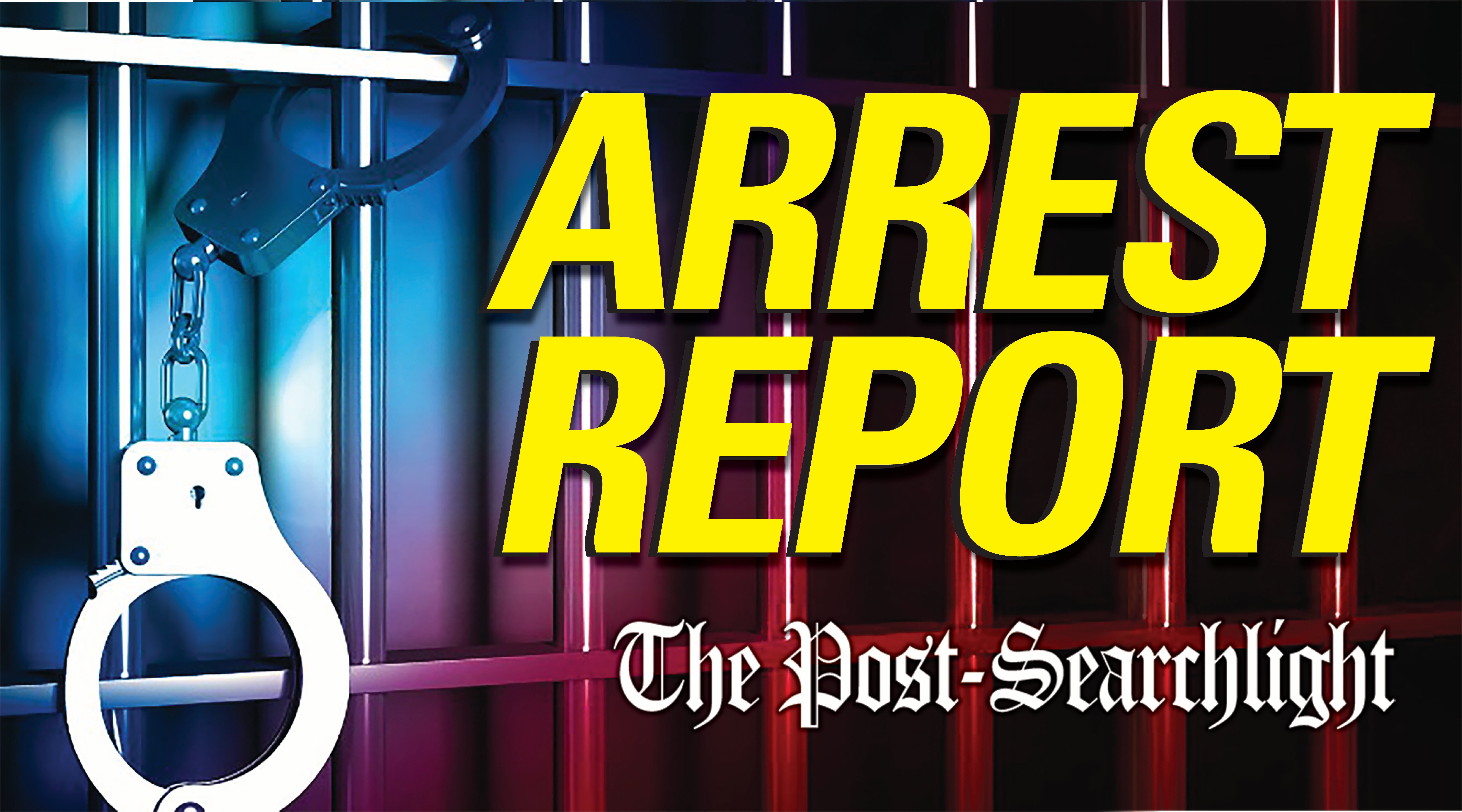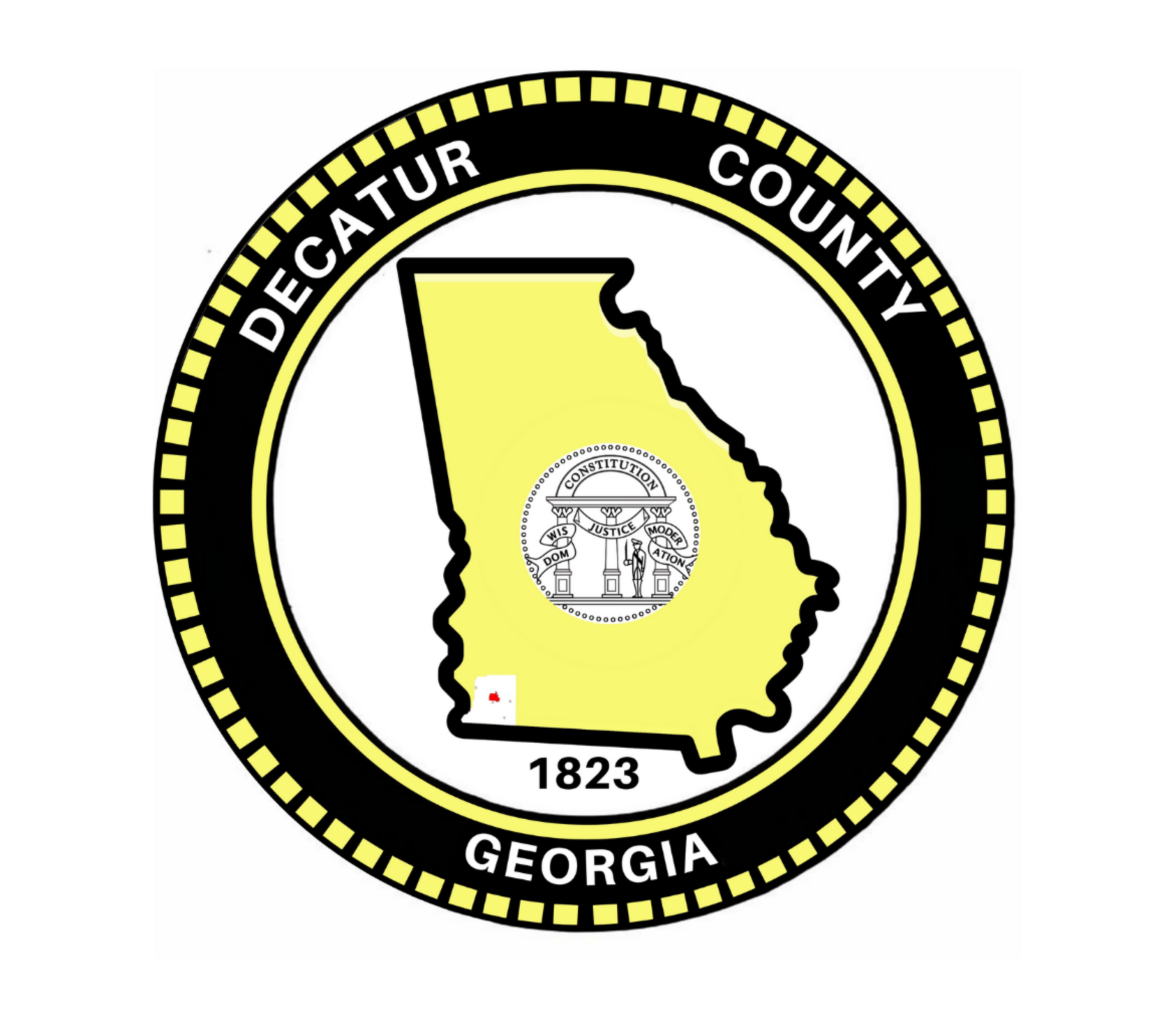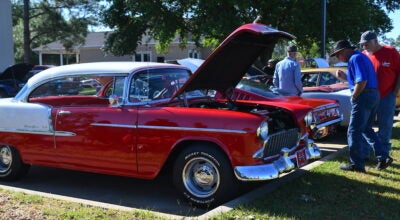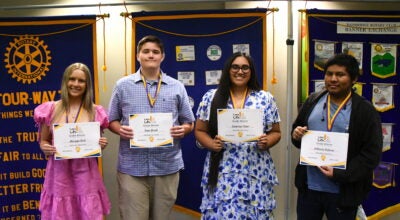Music abounds in Rhode Island
Published 7:44 pm Friday, February 27, 2009
What is the first thing you think of when you hear Rhode Island?
Probably that it is the smallest state in the union.
After that you may think of the marbled mansions of Newport—the summer homes built by wealthy industrialists of the Golden Age of the 1800s, such as The Breakers, a summer retreat for the Vanderbilts.
However, music lovers must surely find the words Newport Jazz Festival to be nearly synonymous with Rhode Island. Beginning in the mid-1950s, Newport, R.I., became the site of a summer performing event where such musical greats as Miles Davis, Duke Ellington, John Coltrane, Ella Fitzgerald, Billie Holiday, Carmen McRae, Muddy Waters, Oscar Peterson, Dave Brubeck, Count Basie, Ray Charles and Herbie Mann—just to mention a few—appeared and recorded.
The first festival was established in 1954 by George Wein, with financial aid and promotion from socialite Elaine Lorillard and her husband. That first event attracted 11,000 fans for a two-day event.
According to information obtained from Wikipedia (wikipedia.org), many of the elite Newport summer residents opposed the festival. First of all, the old guard weren’t jazz enthusiasts, and the crowds that came for the event tended to be disruptive to the community.
Wikipedia also cites racism of the time as being a factor in the community’s displeasure with the early events, as many of the performing artists were African-Americans.
However, the younger generations supported it, and the festivals grew and increased in popularity as the venues changed around the city to accommodate ever-increasing crowds.
In 1965, the festival moved to Festival Field—where Frank Sinatra was the key attraction—and record attendance was set.
In 1969, the programming began crossing into other musical genres, such as soul and rock. This attracted groups like Blood, Sweat & Tears, Led Zeppelin and blues musician B.B. King.
In 1971, The Allman Brothers Band introduced Southern rock to the event. So many fans showed up that the grounds couldn’t accommodate them. Things got out of hand as fans crushed the fences and rushed the stages, destroying equipment while Dionne Warwick sang, “What the World Needs Now is Love.”
After that fracas, Newport and Wein apparently had enough of each other, and in 1972, Wein moved the festival to New York City, where it was held simultaneously in several secured locations, including Yankee Stadium and Radio City Music Hall.
In 1977, Wein established the Newport Jazz Festival in the Saratoga, N.Y., Performing Arts Center, thereby expanding the festival to other locations, while maintaining the logo of the Newport Jazz Festival.
But Wein and Newport couldn’t remain separated. The city’s awareness and desire for tourism resulted in the festival returning to Rhode Island in 1981. It was held at the Fort Adams State Park as a daytime, alcohol-free event. It wasn’t until 2007 that the Newport Festival began serving beer and wine at the location.
The 2009 Newport Jazz Festival is scheduled for Aug. 8-10, and will be held on three stages of Fort Adams State Park, a seaside venue that will allow boaters to be able to enjoy the performances from the water.
Rhode Island has a varied musical history that goes beyond jazz. The first organ designed for religious services was reported to have been installed in Newport’s Trinity Church in 1733. The state also boasts a notable Rhode Island Philharmonic orchestra.
Wein also established a Newport Folk Festival that has seen such artists as Arlo Guthrie, Richie Havens, Pete Seeger, Bonnie Raitt, Alison Krauss, Joan Baez and Bob Dylan.
Rural Rhode Island also has a country/folk musical heritage that originated among a group of people referred to as Swamp Yankees. That name, given sometimes fondly and sometimes derisively, applies to the descendants of earlier colonial settlers who now reside in rural areas of Connecticut, Massachusetts and portions of Rhode Island.
There are some intriguing names of popular musicians and bands who have their roots in Rhode Island. In the alternative rock category, consider Talking Heads, who hit the charts in 1978 with the hit, “Take Me to the River” and Bill Conti, who made the 1976 No. 1 song, “Gonna Fly Now.” Names like Sasquatch, the Sick-A-Billys or The Sleazies may ring a bell. If they don’t get you, consider the group Talent Not Included, or the jam band Fungus Amungus. Hip Hop artist Blu Cantrell, Billy Gilman, and Tavares all call Rhode Island home.
Rhode Island native Sally Miller, now a resident of Bainbridge, grew up loving The Cowsills, Rhode Island’s and America’s first family of pop in the 1960s. The Cowsills were predecessors to The Partridge Family. Miller admits to having a mad crush on Barry, one of the five sons, who along with mother Barbara and baby-sister Susan recorded such hits as, “We Can Fly” and “Silver Threads and Golden Needles.”
We can’t talk about Rhode Island music without mentioning the state song, “Rhode Island’s it for Me,” that became the official song in 1996. Hmm, I don’t think I know that one, but maybe if you hum a few bars I could pick it up. Surely someone will play or sing it for us during Artsfest, as we celebrate all that is Rhode Island.





